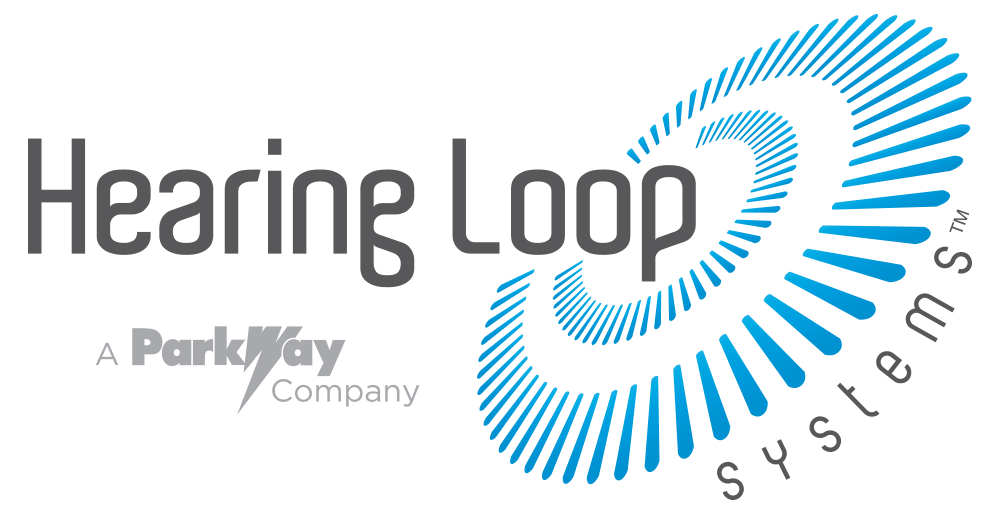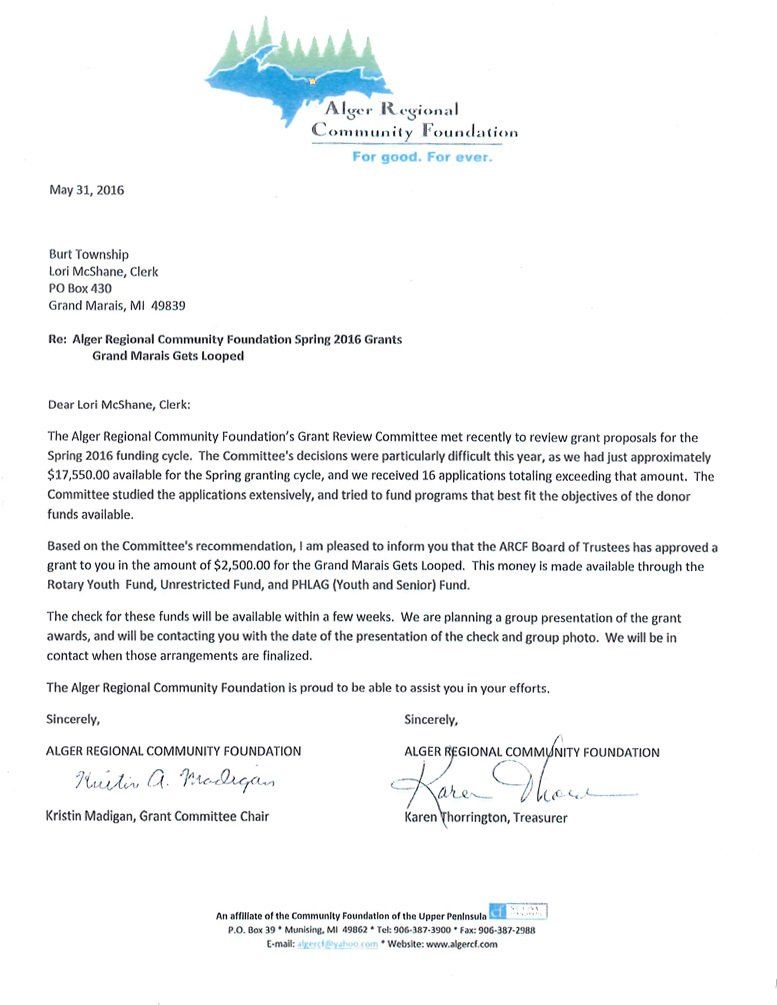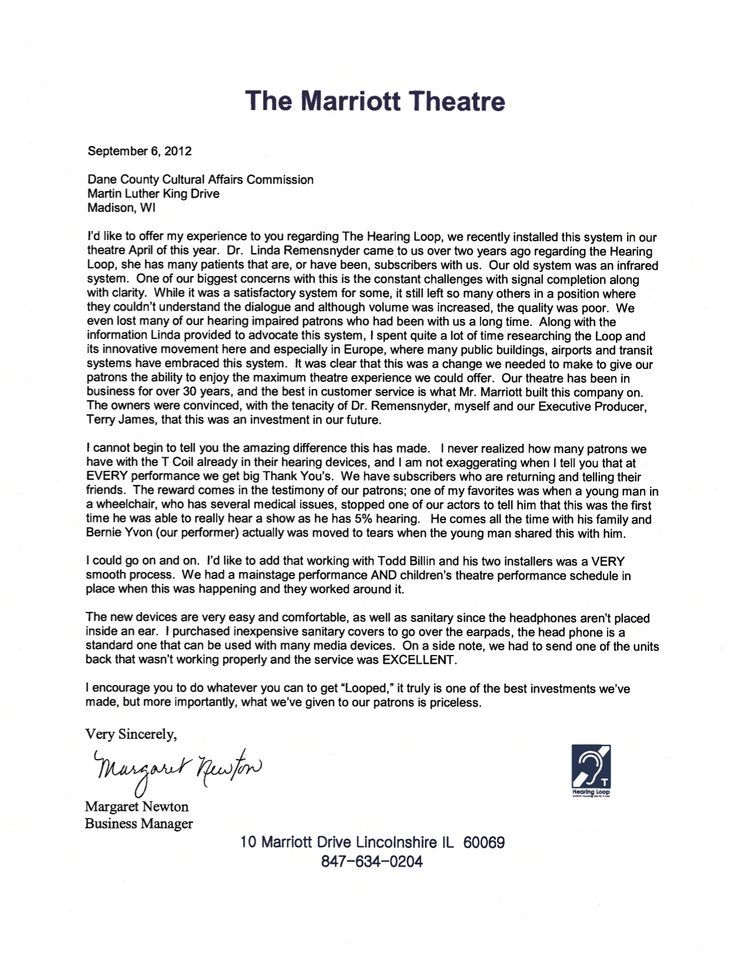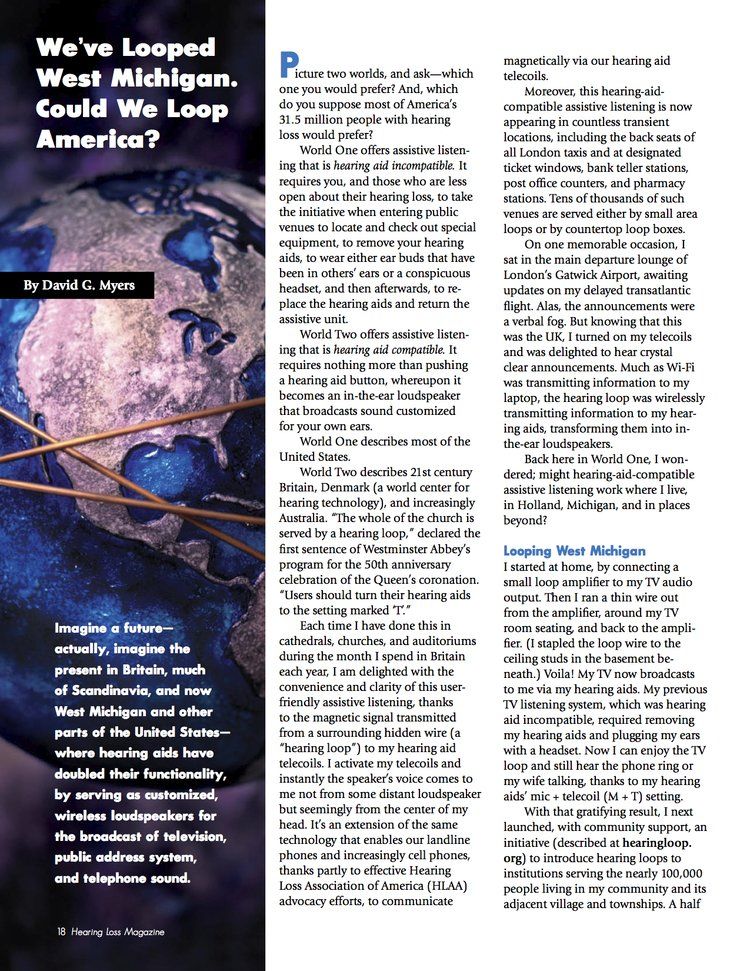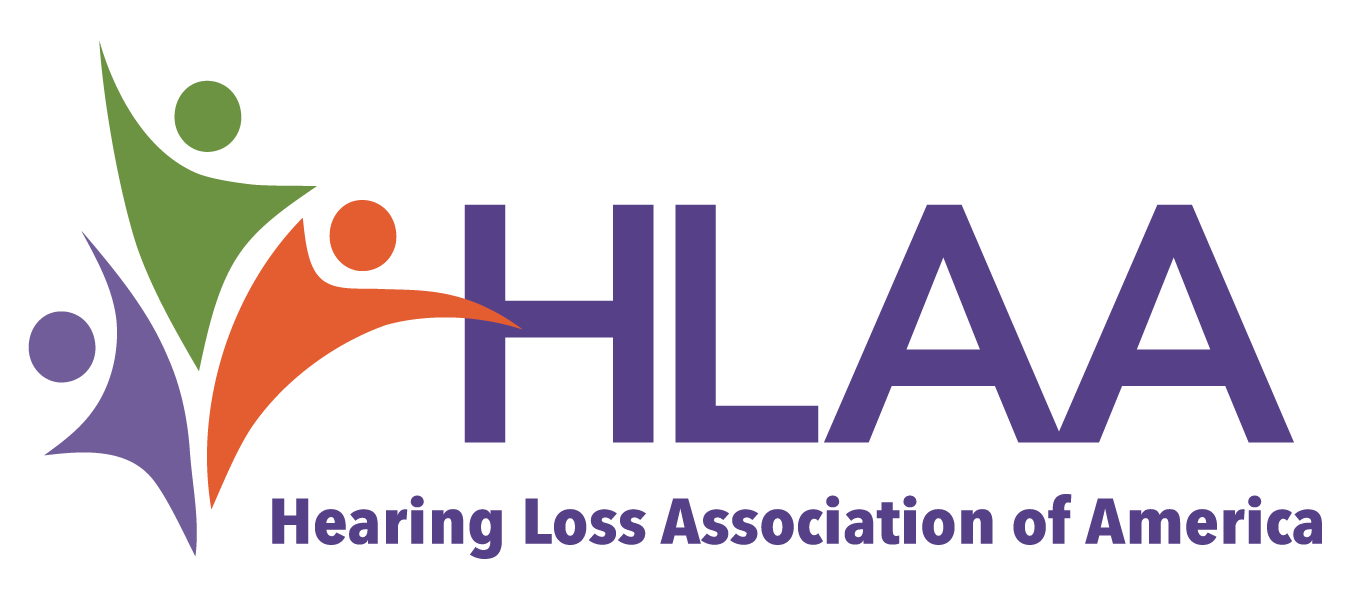Blog Layout
Hearing Loop Systems Featured on M-Live
January 15, 2020
The story from M-Live and The Grand Rapids Press
By Morgan Jarema
Area churches, other facilities install ‘looping’ system to accommodate hearing-impaired population
Even with mild hearing loss, Phil Lucasse still had a hard time adjusting his hearing aid in church so he could focus on the sermon and tune out the not-so-joyful noises that surrounded him in the pews.
“If you’re wearing a regular hearing aid and someone is talking up front, your ears hear all the things the speaker says and all the noise in between, the shuffling, the coughing,” said Lucasse, 82. “They bring up everything.”
He had tried the hearing equipment offered by his church, Fuller Avenue Christian Reformed, “but those things don’t really do the job,” he said.
Nearly two years ago, Fuller Avenue CRC joined what has become a long list of churches and other facilities to install what is called a “looping” system.
Since then, Lucasse said, he and about a half-dozen others at his church can participate better because their hearing-impairment woes are no more.
“It’s just so much easier,” he said. “I have control now of how loud I want it in my ears. It’s as though you are the distance to the speaker from his lips to the microphone. None of that noise is there anymore.”
Looping allows public address systems to transmit directly to certain types of hearing aids, free of distortion and muffling.
Options before the technology included taking the initiative to locate, check out, wear and return special equipment — often a receiver about the size of a deck of cards and a headset or earphones that are incompatible with some hearing aids.
But the clunky devices usually collect dust because people are reluctant to draw attention to their hearing impairment. And proponents say the headsets do not work nearly as well as looping, which transforms hearing aids into in-the-ear loudspeakers.
With the new technology, all that’s required is the push of a button on a hearing aid or cochlear implant.
Sound is transmitted to a telecoil receiver — a tiny copper spool about the size of a grain of rice that comes in most modern hearing aids.
The Hearing Loss Association of America — which is collaborating with The American Academy of Audiology to promote looping systems — describes them as binoculars for the ears.
Many countries have adopted the new technology, which is being used in senior citizen centers, colleges and universities, public transportation information booths and in both concourses and all gate areas at the Gerald R. Ford International Airport.
The cost ranges from several hundred to several thousand dollars to have the system installed — wires that loop an area, either below the floor, at floor level or ringing the ceiling, and connect to an amplifier.
One price advantage of the looping system is that once it is installed, the number of those who can use it is infinite.
People even are having the technology installed in their homes — a home version can cost less than $100.
Hope College psychology professor David Myers is pushing to have all public places and places of worship looped to help the hearing impaired.
Myers learned about the t-coil about 10 years ago, when he was visiting Iona Abbey in Scotland.
It was difficult to hear with the sound of voices bouncing off the abbey’s stone walls, Myers said.
Then his wife noticed a sign that indicated the abbey was outfitted — or “looped” — for t-coil users.
Myers knew he had a t-coil in his hearing aid, but had never tried it.
“I switched it on, and it was amazing how clear the sound was,” he said. “Like going from a bumpy gravel road to fresh asphalt.”
Since then, Myers has made it a mission to have the technology installed in as many places as possible.
He created a Web site — hearingloop.org — aimed at spreading the word about hearing loops, and he was interviewed for a Scientific American magazine article, published in January.
West Michigan churches, Myers said, have been at the forefront of those willing to provide hearing loops. It is easier for him to name churches that don’t have the technology, he said, than to try to list all those that do.
“Usually, churches follow the culture, but in this case, it’s been churches taking the lead,” he said.
Myers said the reason is obvious: “They want them to hear the Word, don’t they?”
On a recent Sunday morning, Phillip DeYoung stood as the rest of his congregation at Alger Park CRC sang “How Sweet The Name of Jesus Sounds.”
DeYoung, 21, admits he is more comfortable singing at home in his bedroom along with country crooner Kenny Chesney.
What is important is that everything at church, from the singing to the Rev. David Deters’ sermon on forgiveness, came in loud and clear.
DeYoung uses a cochlear implant in his left ear and a hearing aid in his right. He also is legally blind, so being able to hear is all the more important, his father said.
“His ability to hear is crucial to his ability to function, to interact,” Glen DeYoung said of his son.
Gary Diephouse, supervisor of Alger Park’s sound equipment and building committee chairman, called it a “no-brainer” when the church chose to install a looping system about six years ago in the sanctuary and fellowship hall.
“If they can’t hear where it matters most, they go home,” Diephouse said.
January 15, 2020
“Monroe County Executive Cheryl Dinolfo was today joined by representatives from Hearing Loop Systems (HLS) and the Hearing Loss Association of America (HLAA) to unveil new enhanced communications technologies now available at the Greater Rochester International Airport (ROC). The technologies, which are components of Monroe County’s ongoing ROC Renovation Project, include “smart” color-coded LED lighting to promote visual cueing for all passengers in the gate area, in addition to terminal-wide hearing loops and counter loops installed at key locations to assist deaf or hard-of-hearing guests.” Read the Full Press Release at rocrenovation.com.
January 15, 2020
By Rob Rinderman At street level, beneath what can candidly be described as a funky, multi-tiered pyramid structure that also doubles as a Manhattan residential apartment building (designed by renowned Danish architect Bjarke Ingels and colleagues), is The Landmark at 57 West. Debuting in mid-September 2017, this is the newest location of the Landmark Theatres chain, the only exhibitor with a national footprint dedicated primarily to showcasing independent movies. Landmark is also a marketer of indie films through its sister company, Magnolia Pictures, a theatrical and home distribution company. Keep reading on The Film Journal International
January 15, 2020
Michael Kamber for The New York Times – After he lost much of his hearing last year at age 57, the composer Richard Einhorn despaired of ever really enjoying a concert or musical again. Even using special headsets supplied by the Metropolitan Opera and Broadway theaters, he found himself frustrated by the sound quality, static and interference. Then, in June, he went to the Kennedy Center in Washington, where his “Voices of Light” oratorio had once been performed with the National Symphony Orchestra, for a performance of the musical “Wicked.” There were no special headphones. This time, the words and music were transmitted to a wireless receiver in Mr. Einhorn’s hearing aid using a technology that is just starting to make its way into public places in America: a hearing loop. Download the PDF to read more
January 15, 2020
By Cassidy Riley The University of Iowa has plans in the works to install hearing-loop technology in several buildings around campus, and while more expensive than older technology, official say the quality is worth it. By simply switching a hearing aid or cochlear implant to the “T” setting, the hearing-loop system will send the sounds in a room directly to the hearing aid or implant. In the past, the UI has relied on personal FM systems. Traditionally, a person with a hearing impairment would have an FM system that they would wear headphones with and a speaker would speak into a microphone connected to a transmitter sending signals to the FM system device. The UI has installed this new hearing loop technology in the B111 Medical Laboratories. The installation cost was roughly $10,000 one time. Personal FM systems can cost more than $500 each. Continue Reading on The Daily Iowan
January 15, 2020
By Stephen Pradarelli Carly Armour isn’t one to shrink from challenges. The University of Iowa disability adviser bought snowshoes her first winter in Iowa after moving from her native Georgia six years ago. Born profoundly deaf in both ears, she has also taken advantage of a wide range of assistive services and technologies, from sign-language interpreters to hearing aids and, today, cochlear implants. But even under the best of circumstances, the experience of attending a lecture, concert, or sporting event can be less than satisfying. Distracting background noise and fluky (not to mention attention-drawing) headsets used in more common hearing assistance systems can make it hard to comprehend spoken words or enjoy music (Armour, incidentally, is a fan of Adele, P!nk, Little Big Town, and the Indigo Girls, among other artists). Then last fall, Armour took part in a demonstration of something called a hearing loop. Unlike systems that send FM or infrared signals to headsets that users must wear over their hearing devices, the newer technology sends a signal directly to the hearing aid or cochlear implant. The clarity, Armour recalls, was unprecedented. “I was amazed at how it sounded like the speaker was right next to me talking directly to me,” Armour says. “I’m excited for how much it’ll help others.” Continue Reading on IowaNow
January 15, 2020
“I hear what I want to hear.” How many of us over the years have heard this from our patients? Could new research regarding hearing loss and dementia reflect that commonly voiced misconception—that if one hears what one wants to hear, one hears enough?
January 15, 2020
Hearing Loop Systems
A Division of Parkway
11952 James Street
Holland, MI 49424
Phone: 800.968.2444
Fax: 616.392.6880
Copyright © Parkway Electric 2020
